Africa's Earth Wonders
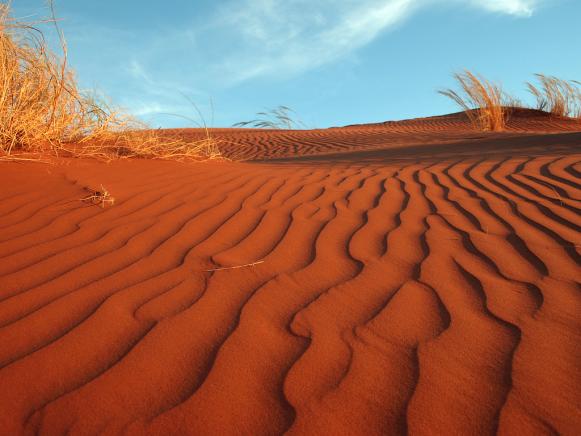
Bernhard Richter
Experience Africa's magical natural wonders, including the Ngorongoro Crater, the Namib Desert and the great migration across the Serengeti each year.
Ngorongoro Crater
Tanzania
In the middle of Africa's great Serengeti plains, the Ngorongoro Crater is the world's largest intact caldera measuring an impressive 12 miles wide. The area was formed over 2.5 million years ago when an enormous volcano eruption caused the earth to collapse and formed this astonishing crater with intact walls. Sometimes referred to as a modern Garden of Eden, this deep bowl offers 100 square miles of natural beauty with preserved grasslands, swamps and forests filled with wildlife including the buffalo, elephants, lions, leopards and rhinos that make up Africa's famed Big 5, making it a popular spot for safari tours.
Namib Desert
Namibia
On the southwestern edge of Africa, the shifting sand dunes of the Namib Desert create an unforgiving environment known as the "place of no people." Conditions are harsh with just 1/2 inch of rain in the forecast each year and temperatures careening from 140 degrees by day to 23 degrees at night. Yet somehow a unique collection of hearty animals and plants thrive in this 1,000-mile dry zone, thanks in part to the dense fog that moves in from the coast. Snakes slither and lizards scamper alongside lumbering desert elephants in wild terrain marked by towering sand dunes that move and shift as the wind blows.
Serengeti Migration
Tanzania
The largest migration of mammals in the world occurs on the African plains each year as 2 million wildebeest, gazelle and zebra trek across the Serengeti in search of food. The animals dodge predators, encounter geological obstacles and even stop to have babies during this 1,800-mile journey that takes a giant loop around the plains. Lives are lost as the mammals cross rivers filled with crocodiles and hippos looking for a meal.
Lake Bogoria
Kenya
Located just north of the equator in Kenya, Lake Bogoria is a hotbed of geothermal activity. The 20-mile-long saline and alkaline lake is rimmed with more than 200 alkaline hot springs and steaming geysers. But what truly makes this spot a feast for the eyes is the active bird population, including the flock of flamingos 1.5 million strong that comes to feast on the abundant algae on the lake's surface.
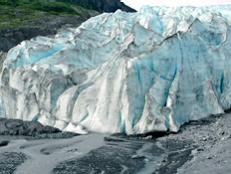
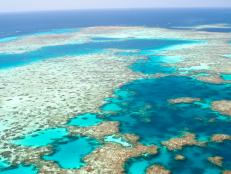
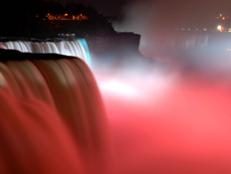
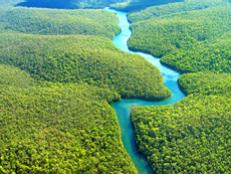

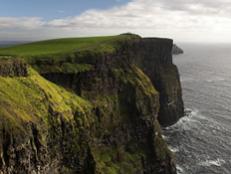
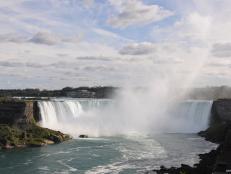

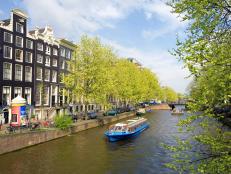
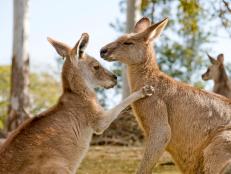

















.jpg.rend.hgtvcom.231.174.suffix/1674758726773.jpeg)











